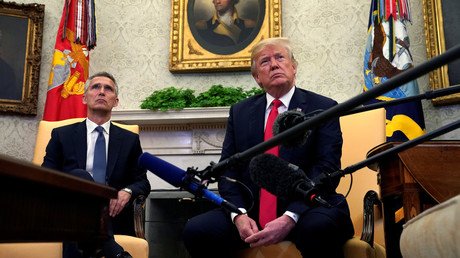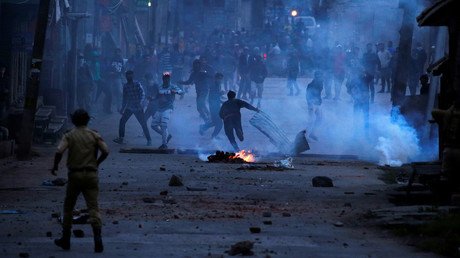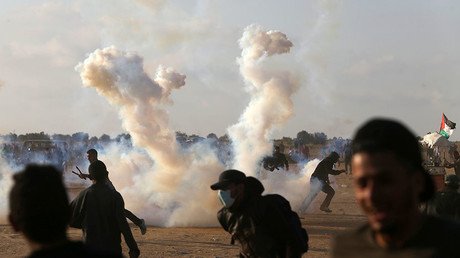UK to follow Trump and send more British troops to Afghanistan as Taliban attacks increase

The UK may send hundreds more troops to Afghanistan as part of a military surge requested by US President Donald Trump. 400 British soldiers could be deployed under the move, adding to the 600 already stationed in the country.
The majority of British troops are stationed in Kabul, where they are training Afghan officers and are not engaged in combat. There is also a small contingent of special forces, who assist in counter-terrorism efforts.
The fresh troops would also be deployed in a training capacity rather than in combat roles.
According to the BBC, Defense Secretary Gavin Williamson has written to Prime Minister Theresa May approving the numbers, however, a decision has not yet been made. A formal announcement is expected to coincide with the NATO summit in July.
The last UK combat troops left Afghanistan in 2014 after being involved in the conflict since 2001. In 2002, UK forces were concentrated in Kabul, with 1,700 soldiers working alongside other allied units.
By 2006, UK personnel numbers had swelled to 9,500 across 137 British bases as troops moved into the volatile Helmand province. Based out of Camp Bastion, Task Force Helmand ran until 2014, when the camp was handed over to Afghan security forces. The conflict had cost the UK £40 billion ($54 billion).
Since the withdrawal in 2014, 450 UK troops have remained to train, advise, and assist the young Afghan security forces – but this number increased gradually to 600 amid a resurgent Taliban.
In January of this year, an explosive-packed ambulance detonated, killing 100 people.
A recent report by the Special Inspector General for Afghanistan Reconstruction, a United States government agency, found that 14 of Afghanistan’s 407 districts were under Taliban control while a further 46 were under the group’s influence.
It also found that a third of the Afghan population lives in areas controlled, influenced or contested by the Taliban.
The increase in activity saw Donald Trump announce last August that he was sending nearly 4,000 additional US troops to Afghanistan, and urged his UK counterpart to similarly increase its numbers.
Newsweek estimates as many as 16,000 US troops could be in Afghanistan by the end of 2018.
A UK MoD statement said the UK's military contribution was kept under constant review. It said Britain's support to Afghanistan in the areas of security, development and governance was “crucial to building a stable state and reducing the terrorist threat to the UK.”
Think your friends would be interested? Share this story!















